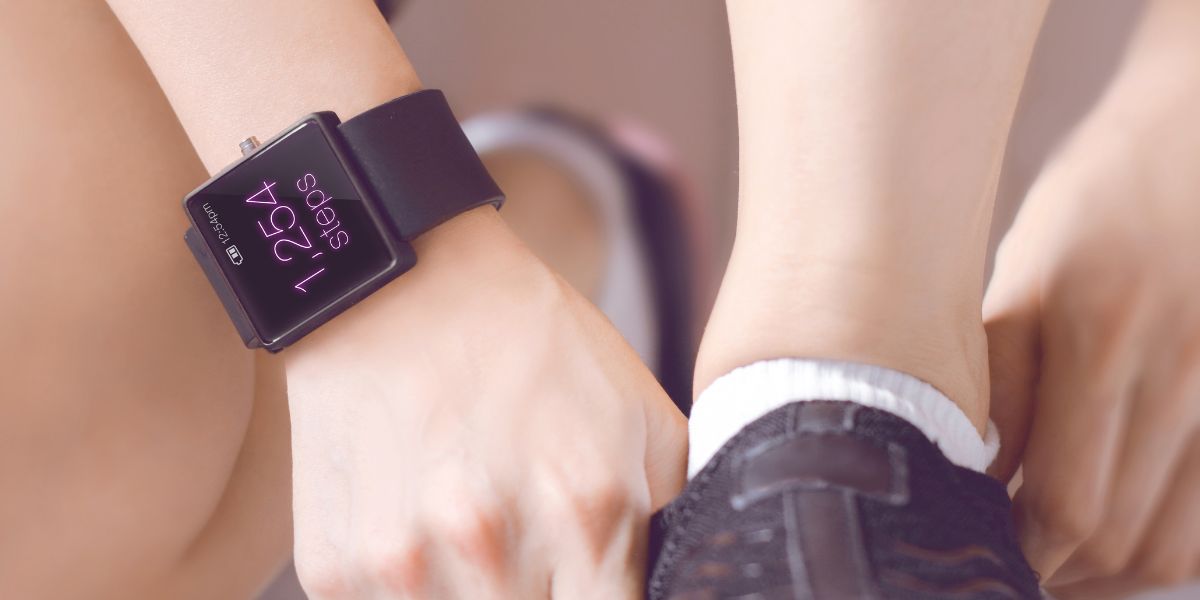Diabetic eye exams powered by artificial intelligence have increased screening rates in young people living with diabetes and could close now “care gaps”, new research indicates.
A study by Johns Hopkins Children’s Center has found that eye screening can reduce an individual’s risk of developing blinding diabetes eye diseases (DED).
The screening consists of images being taken of the back of the eyes without needing to dilate them.
Artificial intelligence (AI) can then present the results of the exam immediately.
- AI support for paramedics could save lives
- Decision support tool launched to explain options available to people with type 1 diabetes
- Boy George reflects on ‘most painful’ tummy tuck procedure
According to the research, AI-powered exams could improve the care of young people from ethnic minority backgrounds, who are typically more likely to develop DED.
Individuals from ethnic minority communities also have less access to or adherence with regular screening for eye damage, the study has reported.
During the experiment, the team of researchers analysed the number of diabetic eye exam completion rates in people under the age of 21 with type 1 and type 2 diabetes.
They discovered that all of the young people who underwent AI exams then completed the eye test.
A common DED is diabetic retinopathy – a complication of diabetes caused by high blood sugar levels damaging the back of the eye. If left undiagnosed and untreated, diabetic retinopathy can cause blindness.
Up to nine per cent of young people with type 1 diabetes are impacted by diabetic retinopathy, the data has revealed.
Meanwhile, the study also shows that up to 15% of young people with type 2 diabetes are affected by the condition.
Healthcare professionals advise people with diabetes to have yearly eye screenings because early detection of DED can be key.
Prior research has revealed that only 35% to 72% of young people with diabetes have their annual screenings.
Even fewer young people from ethnic minority backgrounds undergo recommended screenings, previous studies show.
Some reasons why young people do not undergo screening include lack of time, confusion about the need for screenings, inconvenience, access to specialists and transportation.
More than 160 young people aged from eight to 21 took part in the study between November 2021 and June 2022.
- Chatbots help people make better decisions about exercise, diet and sleep
- Patients prefer ChatGPT responses over doctors’ responses
- AI chat tools make people sound ‘more positive’
A total of 83 participants were referred to either an optometrist or ophthalmologist for an eye exam.
Whereas the remaining 81 participants underwent a short autonomous AI system diabetic eye exam during a visit to an endocrinologist.
Senior author Dr Risa Wolf said: “If it is present, a referral is made to an eye doctor for further evaluation. If it is absent, you’re good for the year, and you just saved yourself time.”
According to the results, more than 30% of the participants in the autonomous AI group showed signs of DED.
Dr Wolf said: “With AI technology, more people can get screened, which could then help identify more people who need follow-up evaluation.
“If we can offer this more conveniently at the point of care with their diabetes doctor, then we can also potentially improve health equity, and prevent the progression of diabetic eye disease.”
Read the study in the journal Nature Communications.





